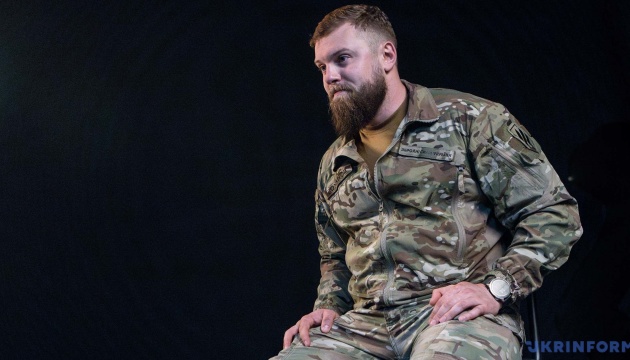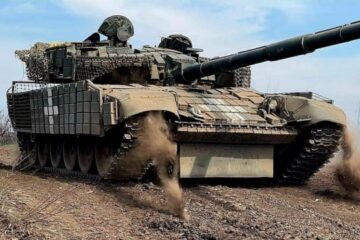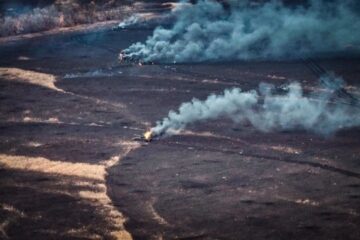In March 2025, Colonel Andriy Biletsky announced plans to expand the legendary 3rd Separate Assault Brigade into the 3rd Army Corps. An unmanned systems regiment will become a separate element within the structure of this army corps. What advantages will this give in terms of containing the invading forces and adding effectiveness to counter-offensive actions? How can Russia’s psychological and information influence campaign be defeated? What does an exemplary recruit for the unmanned systems regiment look like?
Ukrinform was delighted to talk about this and more with Oleh “Romakha” Romanov, second in command of the unmanned systems regiment within the 3rd Army Corps.
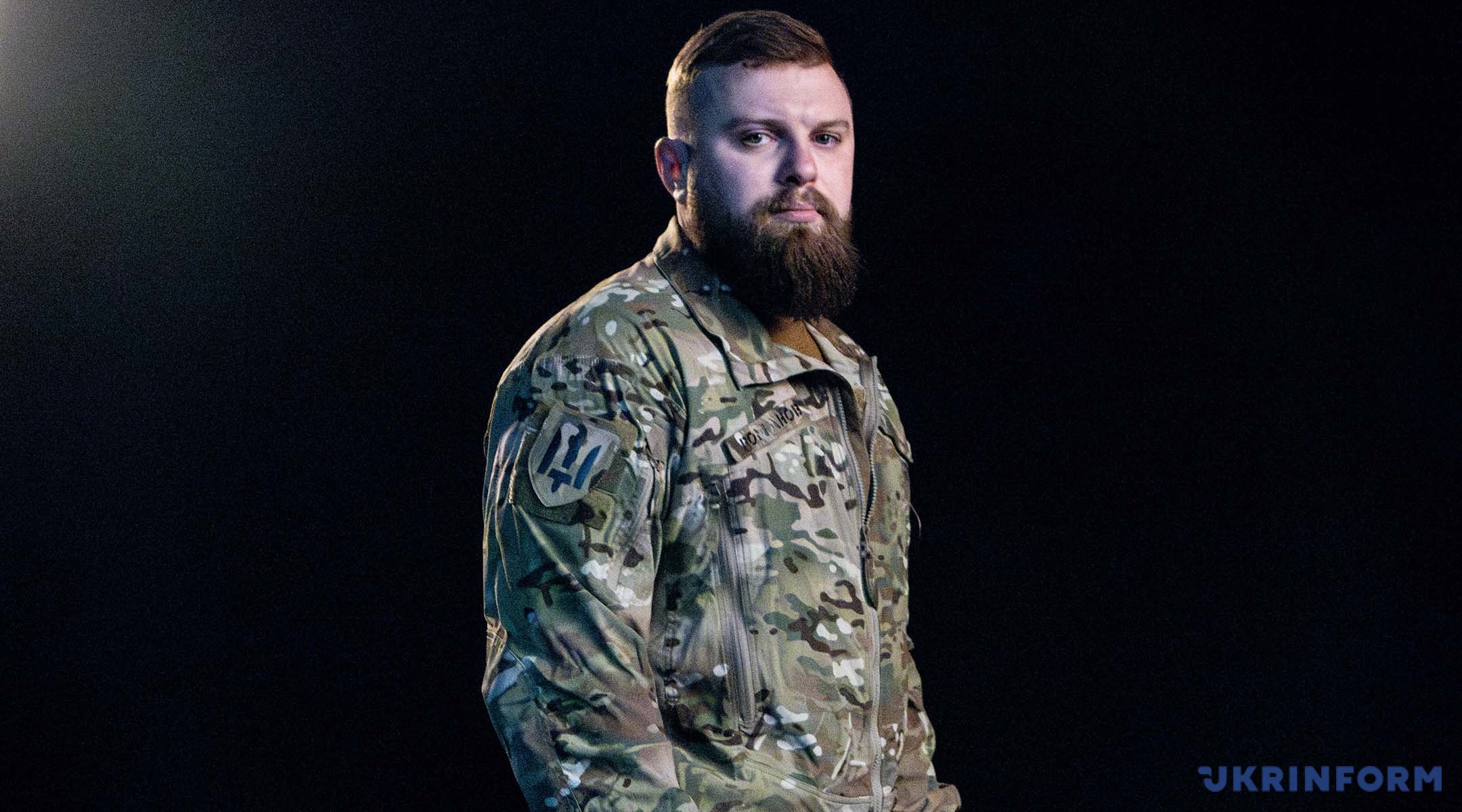
WE WILL BE ABLE TO REACH THE ENEMY AT RANGES OF UP TO 120 KM BEHIND THE FRONTLINE
– Plans to organize an unmanned systems regiment as part of the 3rd Army Corps were announced in March 2025. How will this type of defense force be integrated into the corps structure? Is it going to be a newly formed element or will it be reorganized from existing ones?
– The goal of integrating the unmanned systems regiment, likewise anti-aircraft missile regiments, the engineering support regiment, and other corps units into the 3rd Army Corps is to enhance our capabilities on particular stretches of the frontline, or stabilize the frontline where the enemy is pressing very hard, as is currently happening on the stretch of the front line we are holding now.
– What is the point of using this particular “regimental” approach? How is it advantageous? Better planning, better response?
– Within this new system, one commanding officer will be responsible for an 100-150-kilometer long front line along its full stretch. It will be a staff officer precisely from the army corps headquarters, not as before when top commanders from the Tactical Operational Group used to come without fully understanding neither the soldiers’ state of morale and psychological state nor the real tactical picture, etc. Thus, we take on responsibility not only for the 3rd Separate Assault Brigade, but also for the brigades that are deployed nearby. We will scale up our real practical experience, the experience which have been gaining for many years, first as part of a guerilla force led by Andrii Biletsky, now the Corps Commander, and ultimately as part of the 3rd Separate Assault Brigade. This will be expanded into a corps formation, that is, it can be said, it will be his own army, which, of course, is serving Ukraine.
– That’s to say, decisions will be more effective and faster made on the ground, if I understand it correctly?
– Yes, and there will be in place more clear division of responsibility and decision-making powers, without turning the tables on someone else.
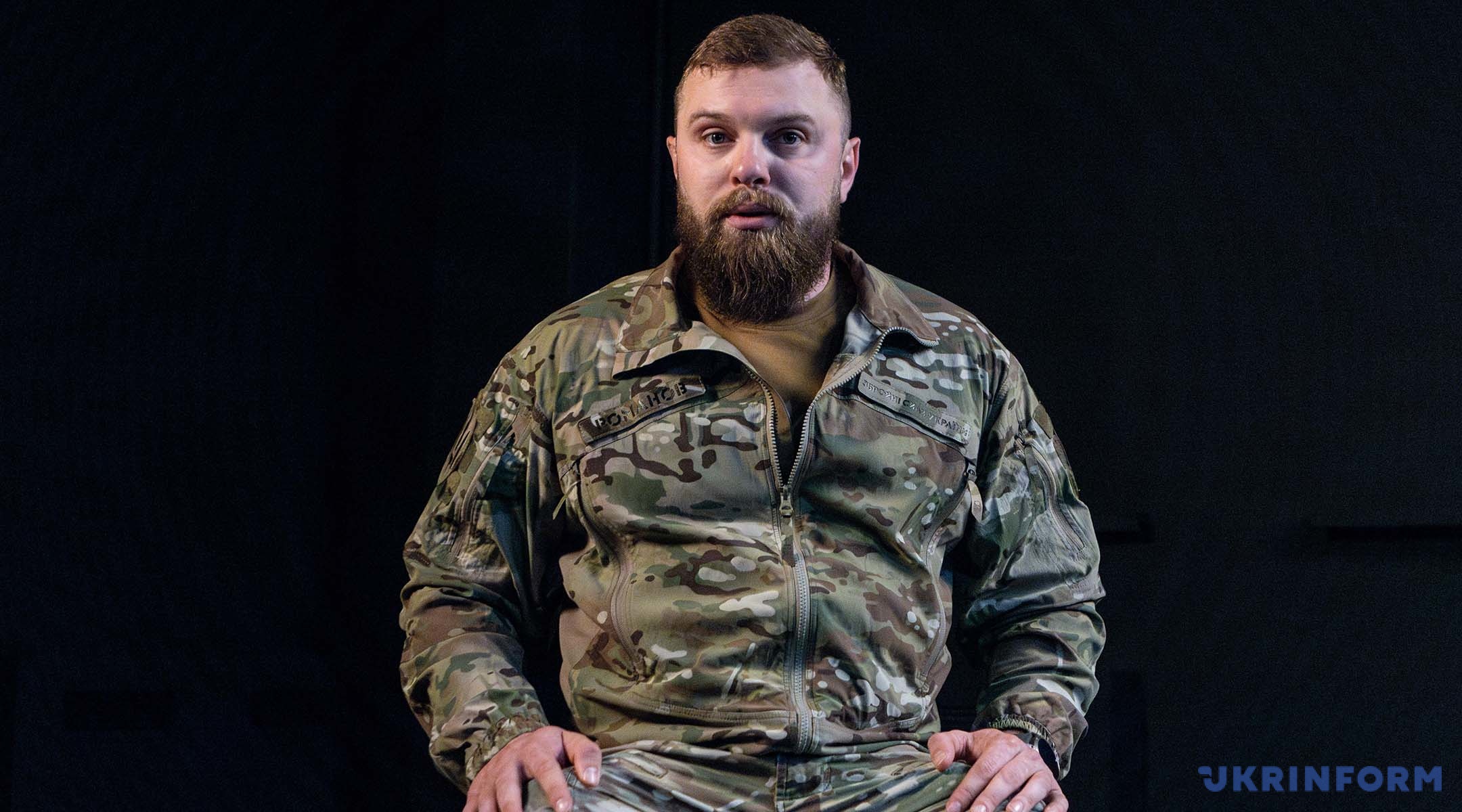
– Unmanned systems of what types are included in the regiment – FPV drones only, or there will, as well, be drones for reconnaissance, fire adjustment, one-way missions, transmission relay drones?
– These are the drone systems of all of the types that we have — multi-rotor drones Mavic, Autel, as well as operational-range unmanned reconnaissance airplanes, such as Shark, FlyEye. As regards strike drones, this is a box which is yet to be tick marked. This will give us an access to the operational level to a depth of 60-120 kilometers. That is, the corps has to have a deep strike capability (a capability to strike deep inside enemy’s territory – ed.), because previously we, knowing the locations of the enemy’s command and control centers (I would not disclose the armies, but we basically know where they are located), were not empowered to independently decide to launch strikes on these command-and-control centers. Now such opportunities will be available to us.
– How much funding will it take? Is your unmanned systems regiment looking to use technologies developed and made in Ukraine?
– We want to use solely Ukrainian technologies. This is going to diversify risks, if Ukrainian manufacturers of conventional FPV drones will be able to make all the components on their own. I know a multiplicity of Ukrainian manufacturers who can make flight controllers, Video Transmitters (VTX) of some categories, maybe even cameras. We have to move away from Chinese components, create our indigenous equivalents, in other words, the components of the Western world – the Ukrainian and of our allies’. True, it will probably come 15 percent and somewhere even 45 percent more expensive, but we need to do this in order not to be held hostage to this situation. After all, if tomorrow China makes a strong-willed decision not to transfer anything not only to the Ukrainians, but also to subsidiaries that supply us with this all, this will bring us into a difficult situation. Where the frontline is held now is solely due to we having Ukrainian-made FPV drones and Mavic reconnaissance drones.
You asked a question about how much money it will cost to furnish the unmanned systems regiment. I would not provide exact figures, but I estimate it will take from 1.5 billion to 3.5 billion hryvnias. And the government will have to find this money somewhere, because too much is at stake. The choice here is simple – either you create unmanned systems regiments and the drone systems that are currently being talked about, or, unfortunately, you will have to spend the same amount of money on compensations to the families of fallen soldiers. Regarding the drone systems in question, I can definitely say on the example of the 3rd Separate Assault Brigade, that we have a mix of systems for different roles. These are not aircraft alone, but also foreign-supplied robotic systems that are currently performing a range of specific tasks, which should better be not disclosed. That said, high-tech will be able to stop the invasion from the east, which we are experiencing now and for which we are also preparing, because none of the countries worldwide would pour 38 percent of is national budget into its defense industrial sector just to then sit down at the negotiating table.

OUR EDGE IS IN TECHNOLOGY
– In 2014, you volunteered into what was the Azov Regiment at the time. Do you remember unmanned systems being deployed to the battlefield at the beginning of the Russian-Ukrainian war?
– I was serving as a volunteer in the Azov Regiment until 2016, but UAVs were mostly used by the Russians. At that time, these were internal combustion engine (ICE) drones like the Orlan. Later on, when I was already released, I was observing combat operations conducted by the Joint Forces, there were instances of operational use of multi-rotor copters like the Mavic, and there were as well first instances of operational use of FPV drones, which were yet missing a communication relay capability, but were only equipped with a tripod-mounted mast, and an FPV drone could fly, relatively speaking, to 800 meters in the first test mode. Basically in 2023, when we saw the SBU (Security Service of Ukraine) and HUR (Defense Intelligence Service) using these FPV drones, they initially could fly to 5 kilometers maximum. Later on, as a result of cooperation between our developing engineers and deployed troops, the flying range was little by little extended to 15-20 kilometers. And now we can boast having increased this to 42 kilometers, and even 50 kilometers with a tailwind. But our adversary, regrettably, is not standing still either.
– When did you personally understand that unmanned systems are a major breakthrough in warfare, and that the future lies with them?
– This happened just during the formation of the 3rd Separate Assault Brigade, when our brigade was deployed at a training ground for a summer training campaign, during which we, as part of an anti-tank battery, used Javelin ATGMs only three times. We constantly heard the sounds of enemy vehicles driving at a distance, but in absence of visual contact we could not lock on a target and deliver a shot on it. Therefore, we were looking for a solution, and at a meeting in Kyiv I was shown an SBU’s multi-rotor copter armed with an anti-tank grenade, equipped with a line-of-sight strike capability and capable of a 5-kilometer flying range, and I thought it was a Bingo. I brought this story to a meeting (then we were deployed in western Ukraine) and said that we would implement this in our unit. At that time, it was taken skeptically, because there was an opinion that only Mavic quadcopters could be used effectively for ammunition drops, and the development effort should only be focused on the Mavic technology. People had little interest in FPV drones. But later on, when we were performing combat missions in Bakhmut, there were slagheaps on our side, which allowed us to test fly FPV drones at very close distances to the line of contact. And we, like some meerkats, little by little started coming out from trenches to deploy masts so that there was line of sight to the enemy’s trench lines, and so we were able to deliver strikes on the enemy’s trenches from a distance. That tactics proved effective. We saw that this idea is worth proceeding with. Then we began working with ideas involving communication relay technologies to improve line-of-sight propagation. And during the liberation of Andriyivka, we already could impose our conditions on the enemy on its logistical routes. (On September 14, 2023, the Ukrainian Defense Forces liberated the village of Andriyivka south of Bakhmut, after months of fighting, – author’s note).
– In the context of unmanned systems, where does Ukraine’s edge on the battlefield lie at this stage in time? Where does the enemy create challenges for us, in particular, in terms of the use of fiber-optic controlled drones?
– Our edge is definitely in high technological capabilities, in our scientists and researchers, because we have the ability to respond quickly to emerging challenges. In terms of the availability of fiber-optic controlled drones, they do have an edge over us in this respect, but we have a tangible edge in hexacopters drones, also referred to as bombers. We are still ahead of them in this domain, which allows us to carry 120-mm or 155-mm rounds for delivering high-precision strikes. Thus, we have the ability to deliver the round to exactly where it is needed, without the need for preliminary fire adjustment, thus avoiding ammunition waste. I myself, while not being an artilleryman, understand and see self-propelled artillery systems (SAUs) sometimes having to spend ten rounds of ammunition to hit one single target. Furthermore, excessive use of the barrel reduces its life expectancy; it wears out, so it’s sometimes worth it to risk our expensive assets like hexacopter drones.
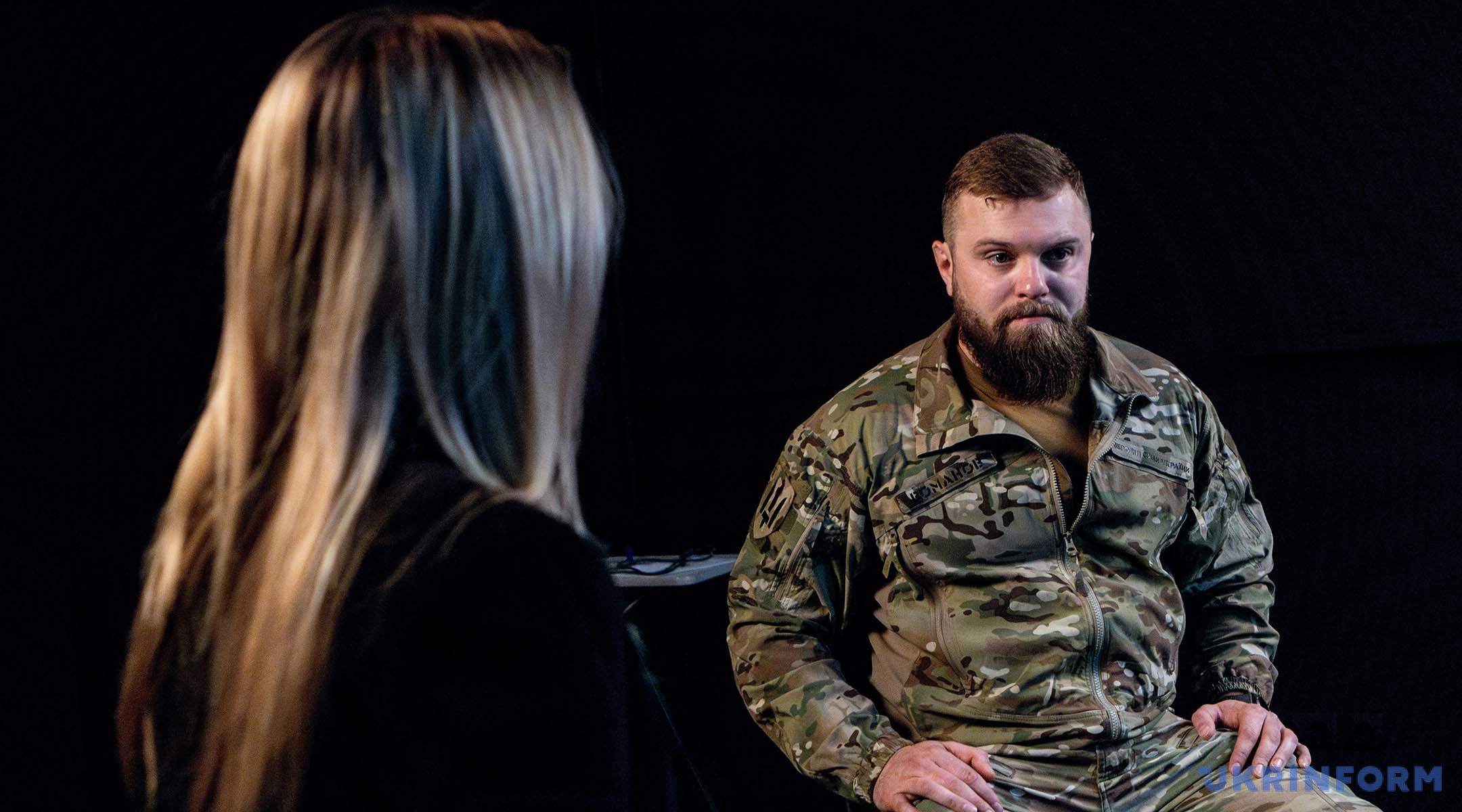
WHERE A 30-MILLION COUNTRY IS FIGHTING AGAINST A 150-MILLION ONE, ALL BETS SHOUL BE ON TECHNOLOGY
– In 2023, a training center for FPV drone operators, known as Kill House, was launched, on your initiative, within the 3rd Assault Brigade. Will the new regiment add to workload on the Kill House?
– Indeed, instructors at the Kill House are going to have the greatest workload. For the sake of risk diversification, we assigned the instructors to many different training grounds where the regiment is being formed. This was done with the prime goal of reducing the probability of enemy attacks on our kill houses. Kill House is a training initiative program for the civilians willing to join the army ranks, and this program is already bringing results. But Kill House is not alone, growing as a network of schools. Now this has outgrown into what is now known as Kill House Academy. This academy provides training courses in tactical medicine and something like a young fighter training course, known as Boot Camp, and additionally incorporates schools for ground robotic platform operators, FPV drone operators, and we are also projecting a training program for fixed-wing strike drone operators.
– The Russians recently announced they too are creating unmanned systems regiments or similar formations. How can this change the course of things on the battlefield? Do they really have such regimental formations in place already?
– They are not being created, but have already been created. The Russians attach unmanned systems regiments or brigades to each of their force groupings – I am talking the force groupings West and Center — which they use in the same way as the Ukrainians do to increase pressure or stabilize the current front line. We saw this happening in Sudzha, where they redeployed units armed with fiber-optic controlled drones with digital video feed, which enabled them to immediately stage ambushes with three or four FPV drones and completely disable the logistics of the Ukrainian defense forces. We saw this happening on the Pokrovsk front, on our front (the Kharkiv front – author’s note). Now the pressure has increased dramatically, we see that not only we are shooting down hostile fixed-wing reconnaissance aircraft, but the enemy as well has started shooting down our Mara drones and Polish FlyEyes.
– Russia’s psychological and information influence (PSYOP) campaigns are pretty effective undermining mobilization effort in Ukraine, in particular, by demonizing military recruitment centers. Do you agree this is the case? How far do you think the recruitment campaign is successful, in particular, with respect to your unit?
– The TikTok, for example, is used by the enemy as a tool for demonizing our military recruitment campaign. Multiple videos featuring men on the streets being “basified” have been deliberately thrown into the public domain, many of them being fake staged videos that are spreading across the Internet like a wildfire. This reminds me of the famous meme “May 15 will be victory day,” remember it? To counteract Russian psychological warfare campaigns, the Ukrainians need to learn the workings of TikTok among other online networks. However, the success of Russian PSYOPs results from cumulative effects of a set of different actions, starting with Russia Today and ending with attempts to influence the elections in Romania or in France with Marie Le Pen. We have entered into a confrontation with an adversary that is many times stronger than we are, is proficient in weaving lies to destabilize countries. In my opinion, a bad scenario will happen if a truce is reached now and great amounts of Russian money will flow to those in Ukraine who are lobbying for Russia and waiting for a greenlight. As the all-out war has entered into its fourth year, many should have been punished for collaborationism, but the so-called fifth column has remained in place in Ukraine, and these people can safely cross the border. The only good news is the elimination Portnov in Spain and detentions of individual collaborators.
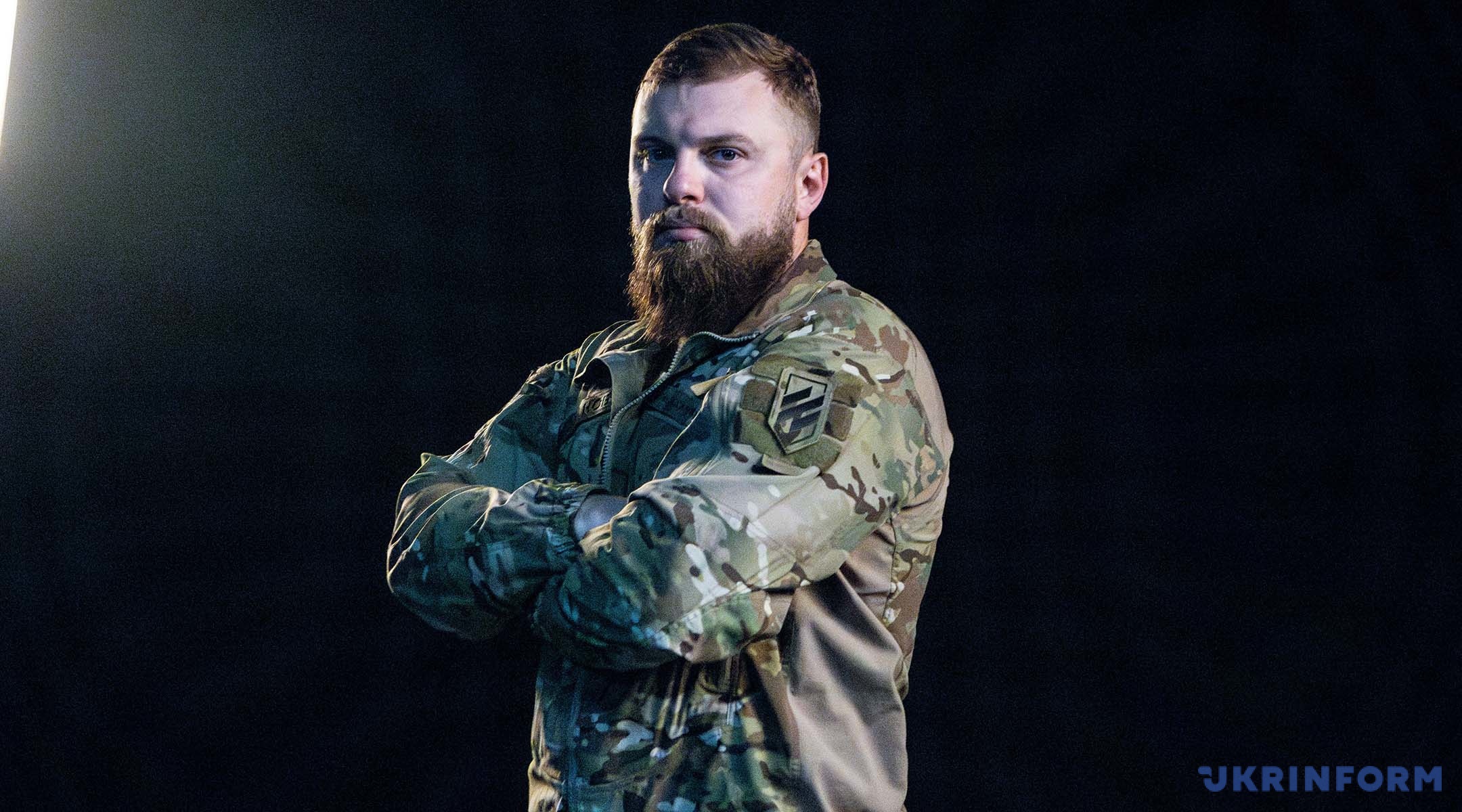
– What is your attitude to the “Contract 18-24” initiative?
– I am always in favor of young people having the opportunity to earn money to build a house, for example. If we take the year 2014, for instance, we went to war without knowing whether we would be paid something or not. And when we learned that we would be paid UAH 4,000 per month, we were very happy about it. Therefore, I don’t object that monetary awards be available not only to those recruited under the 18-24 initiative, but also to a larger group of people. We are currently looking to create an innovative technology company-size formation to implement new technologies in the would-be unmanned systems regiment. And here we would like to see those people who currently earn 5-10 thousand dollars in civilian life. Given that this innovative technology company is a logistics support company within a combat unit, we cannot offer a salary exceeding 1,300 dollars.
– By what criteria do you evaluate potential candidates for service with the unmanned systems regiment?
– Above all else, this is motivation and initiative. Plus, perhaps, the readiness to devote 2-3 years of life to this job, along with an understanding that an infantry soldier standing in a forward position has to be secured, more or less, due to early detection and elimination of the enemy. We provide combined fire support to frontline forces. Therefore, we are acting as an element of the Corps structure, which allows us to confidently hold on the front line and conduct long-lasting sustained defensive actions or raids.
– How do you view the future development of the unmanned systems regiment?
– Where a 30-million nation is at war with a 150-million nation, we cannot fight bone-to-bone. We have to place all our bets on reaching technological edges, on deceptive tactics and a diversity of different maneuvers employed. We have to develop our defense industrial capacities, need to have clear estimates as to what we will have in the next quarter, next year or in five years.
– That is, the focus should be on innovation?
– Absolutely yes.
Interviewed by Hanna Kostyuchenko
Photo: Ukrinform
Source: Oleh “Romakha” Romanov, second in command of the unmanned systems regiment within the 3rd Army Corps

